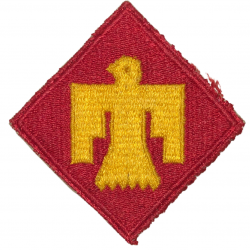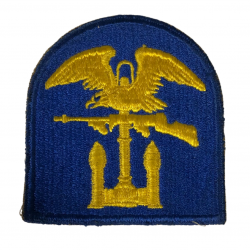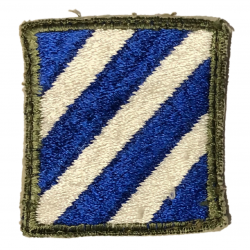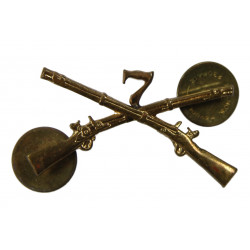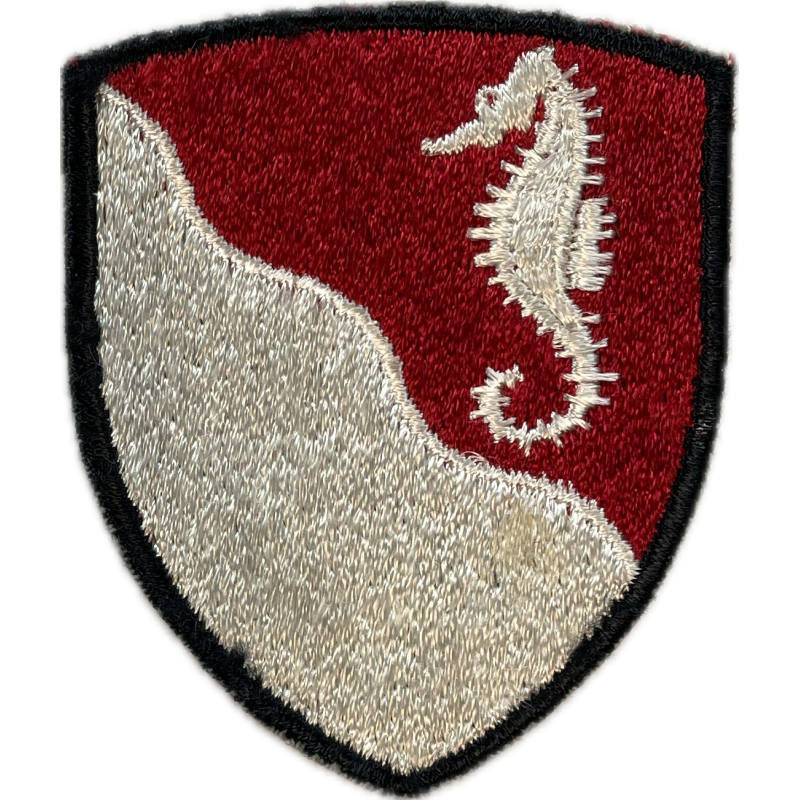




Genuine WWII US 36th Engineer Group.
Comprising nine combat engineer companies trained for amphibious assault, the 36th Engineer Regiment was activated in 1941 and participated in Operation Torch in 1942. Following the North African campaign, it was deployed in Sicily and mainland Italy prior to its participation in Operation Dragoon in Provence in August 1944, thus completing his fifth and final amphibious assault of the war. The unit then fought in France and Italy and was redesignated as the 36th Engineer Combat Group in February 1945.
You might also like

Genuine WWII US 36th Engineer Group.
Comprising nine combat engineer companies trained for amphibious assault, the 36th Engineer Regiment was activated in 1941 and participated in Operation Torch in 1942. Following the North African campaign, it was deployed in Sicily and mainland Italy prior to its participation in Operation Dragoon in Provence in August 1944, thus completing his fifth and final amphibious assault of the war. The unit then fought in France and Italy and was redesignated as the 36th Engineer Combat Group in February 1945.
The historical artifacts for sale at PARATROOPER’s are intended for collectors, history enthusiasts, historians and museum curators.
These items do not glorify or promote any of the political, ideological or racial opinions related to the global conflicts that bathed the 20th century in blood.
Besides, we remind you that Article R.645-1 of the French Penal Code establishes fines applicable to fifth class contraventions (except in the specific cases of a filming, show or exhibition which refer to historical events) for any individual who wears a uniform, insignia or symbol reminiscent of those worn by members of the various organizations declared criminal in application of Article 9 of the Charter of the International Military Tribunal annexed to the London Agreement of August 8, 1945 – SS, SD, Gestapo, Nazi leaders (the Führer, the Reichsleitung, the Gauleiters and their main collaborators, the Ortsgruppenleiter, the Zellenleiter and the Blockleiter), or reminiscent of those worn by any person found guilty, by a French or International Jurisdiction, of one or several crimes against humanity established by Articles 211-1 to 212-3 or mentioned in Law No. 64-1326 of December 26, 1964.
The Code provides additional penalties, including the confiscation of the items used or intended for committing the offence.

